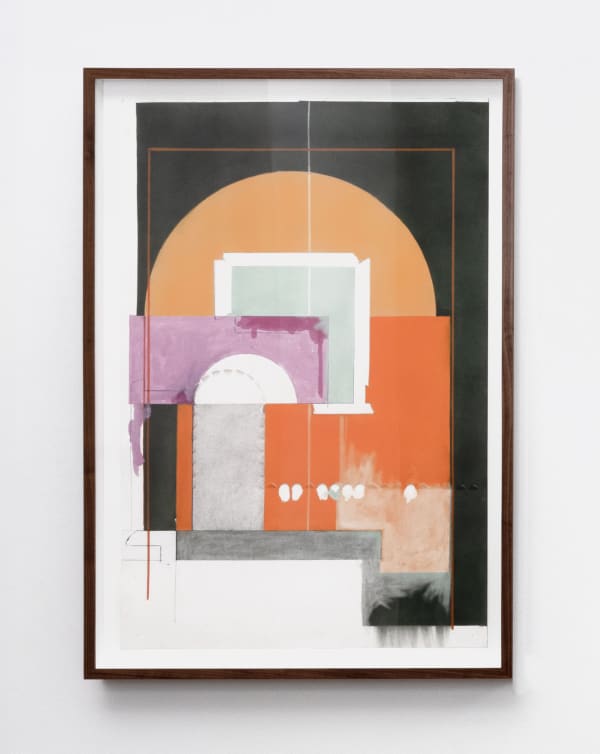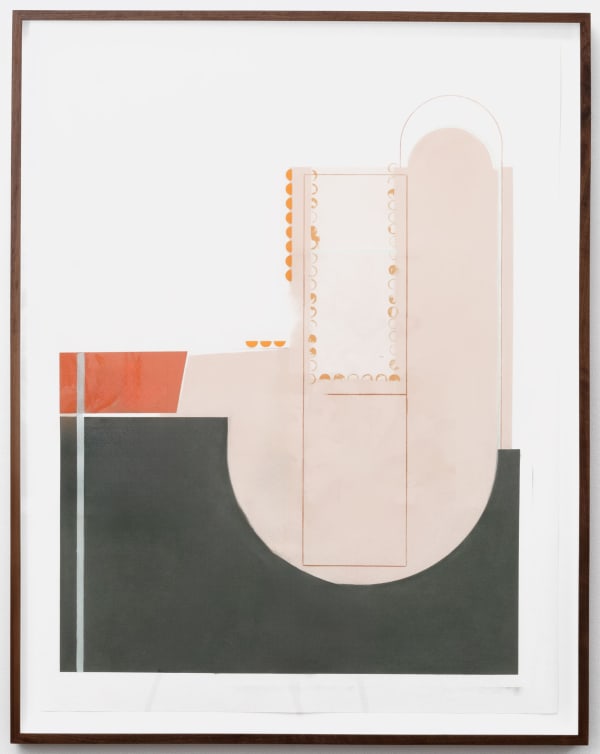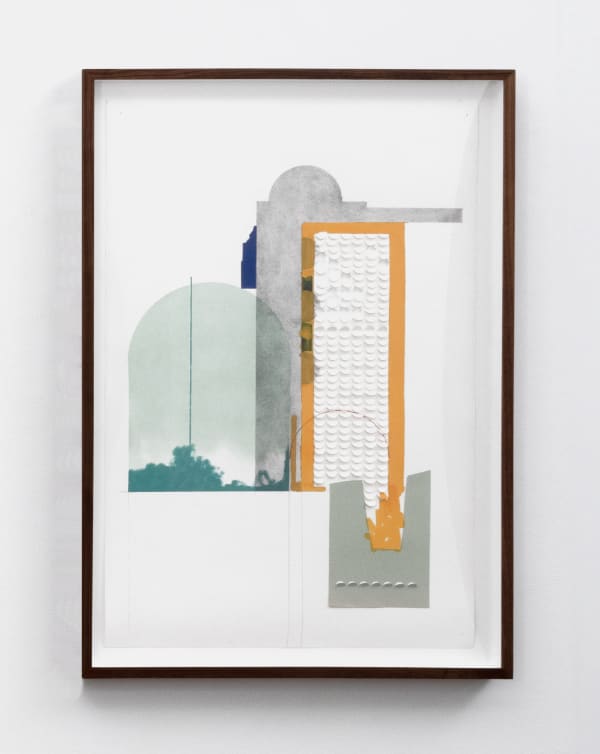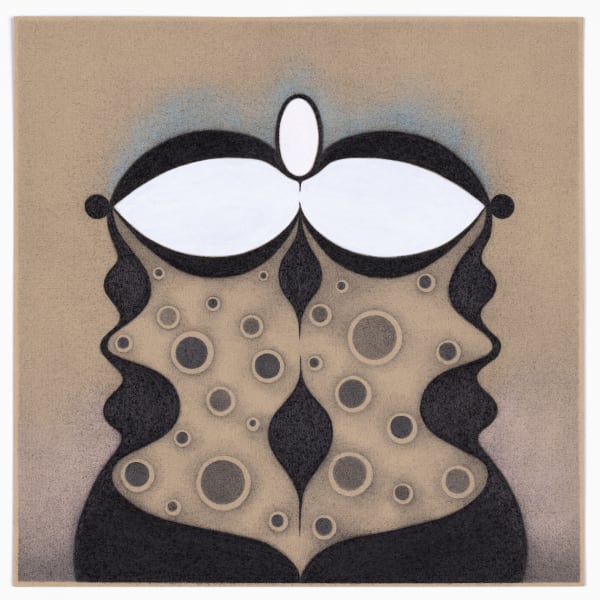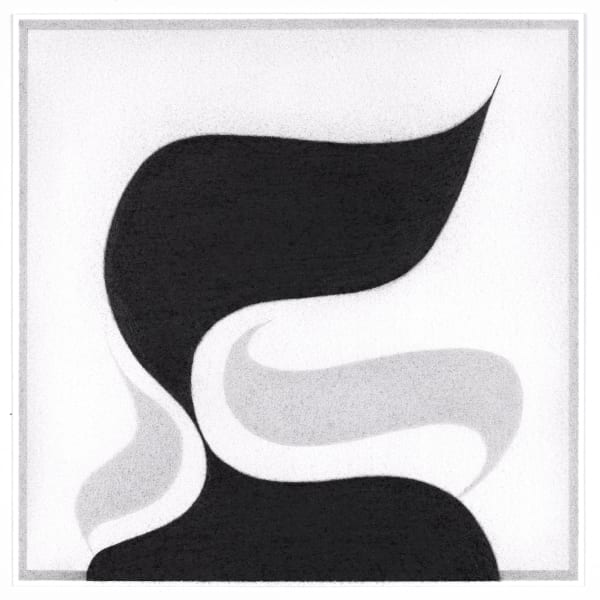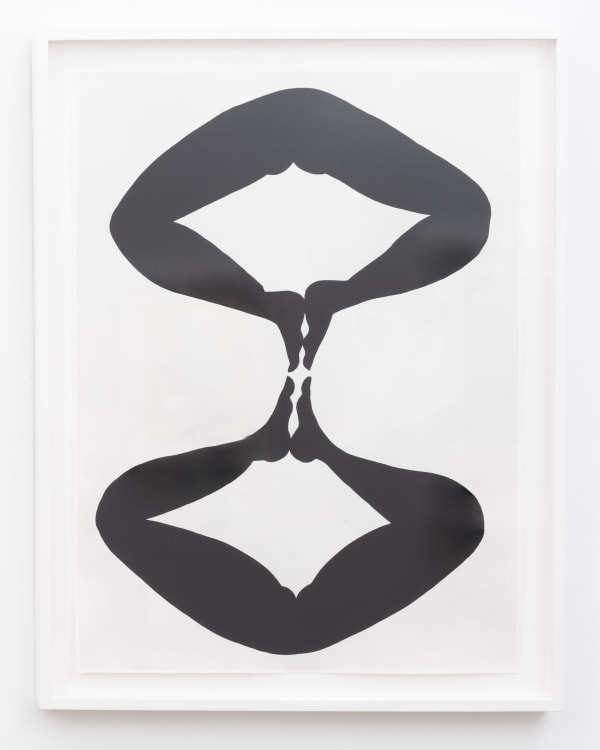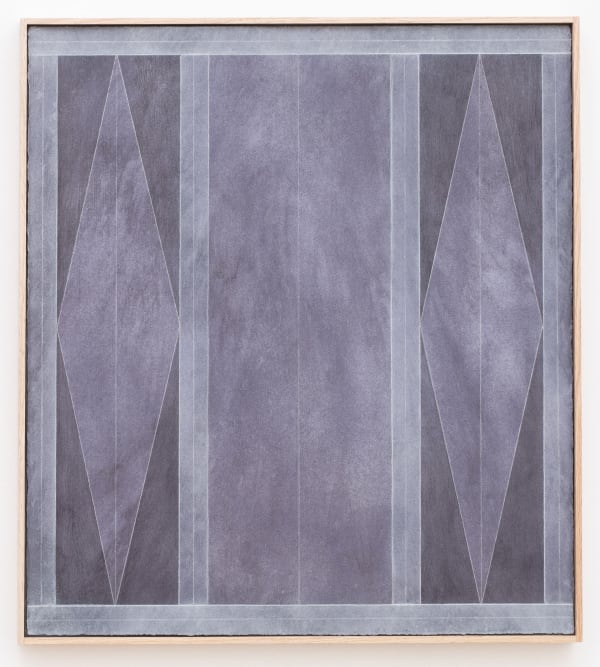-
-
Invisible Forces
July 26 - September 14Invisble Forces features 20 artists who share an afinity for the intangible and an experimentation with works on paper. Each artist leverages the inherent versatility of paper to reveal complex layers of meaning, turning the ordinary into a testament to the unseen connections that unite us.
Featuring:
Aineki Traverso, Amy Pleasant, Craig Drennen, Deborah Dancy, Fahamu Pecou, Ilidio Candja Candja,
Jiha Moon, Jimmy O’Neal, Judy Pfaff, Kole Nichols, Krista Clark, Leia Genis, Marc Ross, Masud Olufani,
Pamela Longobardi, Paula Henderson, Pete Schulte, Rashaad Newsome, Sergio Suarez, Steven Seinberg.Opening Reception: Friday, July 26 from 6:00 to 9:00 pm
-
-
Invisible Forces delves into the unseen currents shaping human perception, cultural identities, and social narratives. It is an exploration of the hidden elements—cultural, historical, scientific, and psychological—that manifest in contemporary art, influencing our collective consciousness. Bringing together a multigenerational group of artists, the exhibition reveals a universe where invisible forces interact and intervene, striving to find a harmonious equilibrium.
-
-
Krista Clark
Krista Clark's works are inquiries into the commodification of space and the standardization of building aesthetics. She incorporates new and repurposed materials to construct familiar forms in new spatial arrangements; displaced from their accustomed sites and settings. Formal gestures: overlapping, layering, stacking, and cutting reflect the complicated and often compromised relationship we have with our built environment. However, while celebrating the formal characteristics of these materials and structures, the works attempt to question the presumption of a universal standard of aesthetic and spatial measurement. -
-
Drawing inspiration from the delicate and ephemeral nature of paper, the exhibition assembles a collection of intricate prints, drawings, paintings, and collages —a cabinet of curiosities that pieces together a fragmented and elusive reality. The presentation folds the tangible into the intangible, creating works that can be interpreted as relics, symbols, and narratives. Temporally detached from any single point of orientation, the display emerges as a study of the present from an ethereal place, a reflection on the unseen forces that subtly yet profoundly shape our world.
-
Pete Schulte
For the last twenty-eight years Pete Schulte's daily practice of drawing serves as the central axis for all facets of his work, which includes the integration of works on paper, three-dimensional objects, site-specific wall drawings and installations. Whether working in two-dimensions or three - on paper, the wall, in space or with time - the works are deliberately quiet, slow, subtle and restrained. Color plays a crucial but often understated role in the development of the work. In this regard, Schulte is interested in exploring color in a limited manner to focus and heighten its impact. Each work is a singular entity with few relational elements. The intimate scale, sense of touch and attention to the nuanced and subtle aspects of the surface result in images that feel simultaneously familiar and mysterious. The materials utilized in the execution of a work appear to be less applied than at one with their substrate. Drawings may be descriptive or entirely non-objective, just as they may be organic or geometric – often within a single work. Binary descriptions that seek to limit and identify works as either representational or abstract no longer hold; Schulte’s engagement is with the tangible reality of the drawing space and its seemingly limitless potential as a zone of discovery. -
Amy Pleasant
Amy Pleasant's work includes drawing, painting, and sculpture all exploring the body through a repetitive and calligraphic drawing process. With a limited palette and an economy of line, she developed a visual language, like an alphabet, documenting essential, universal motions and human behaviors. From this “image bank”, the figurative shapes transition into large works on paper, paintings, wall drawings and sculpture, all of which speak to the collective, human experience and the complexities of gender and representation. -
-

-
-
Jimmy O'Neal
Electrocution DrawingsJimmy O’Neal’s drawings represent a profound exploration of the intersection between a certain technological hyper-acceleration and the human experience. His technique of burning apertures into paper with an electrical arc introduces a permanent, unalterable mark, symbolizing a reintroduction of raw emotion and natural consequences into the work. This stands in stark contrast to the desensitizing effects of modern technology on our natural selves.Jimmy O’Neal’s drawings represent a profound exploration of the intersection between a certain technological hyper-acceleration and the human experience. His technique of burning apertures into paper with an electrical arc introduces a permanent, unalterable mark, symbolizing a reintroduction of raw emotion and natural consequences into the work. This stands in stark contrast to the desensitizing effects of modern technology on our natural selves. -

-
-

-

-
Sergio Suarez
Sergio Suárez is a Mexican-born, Atlanta-based artist whose practice spans printmaking, sculpture, painting and installation. Informed by Baroque intricacy, theological iconography, and traces of Mesoamerican material culture, Sergio Suárez’s work forms a universe where multivalent objects and figures navigate shifting landscapes and metaphysical architectures in dimensional flux. Often drawing from traditional woodblock printing, Suárez inks each block, transferring their images onto textiles, paper, and a myriad of materials. At times, his imagery remains unchanged; on other occasions, fragments from one block merge with and spill onto one another, challenging a linear understanding of time within any given context. Oscillating between empirical observation, material experimentation, and poetic/esoteric approaches his practice poses questions such as: How is matter transmuted? And why do we believe that time erodes when it simultaneously compresses dust into stone? -
Invisible Forces
Past viewing_room



